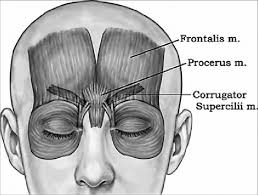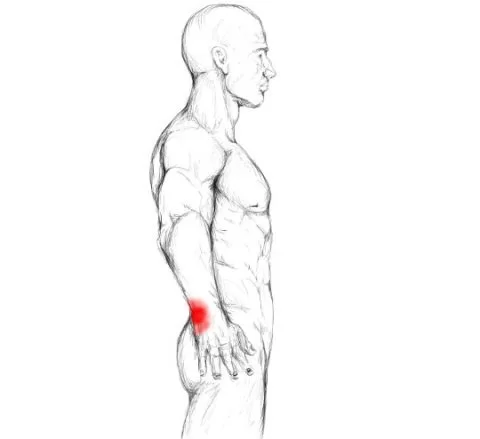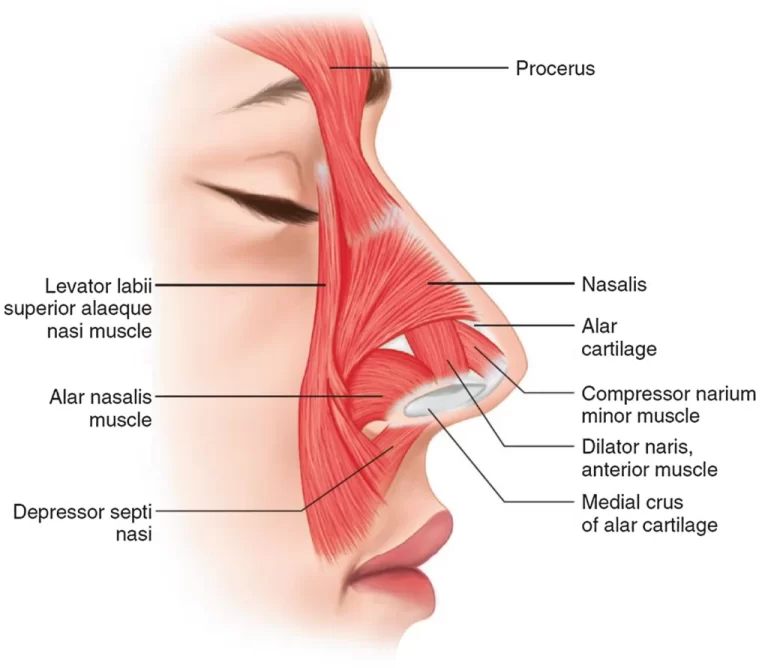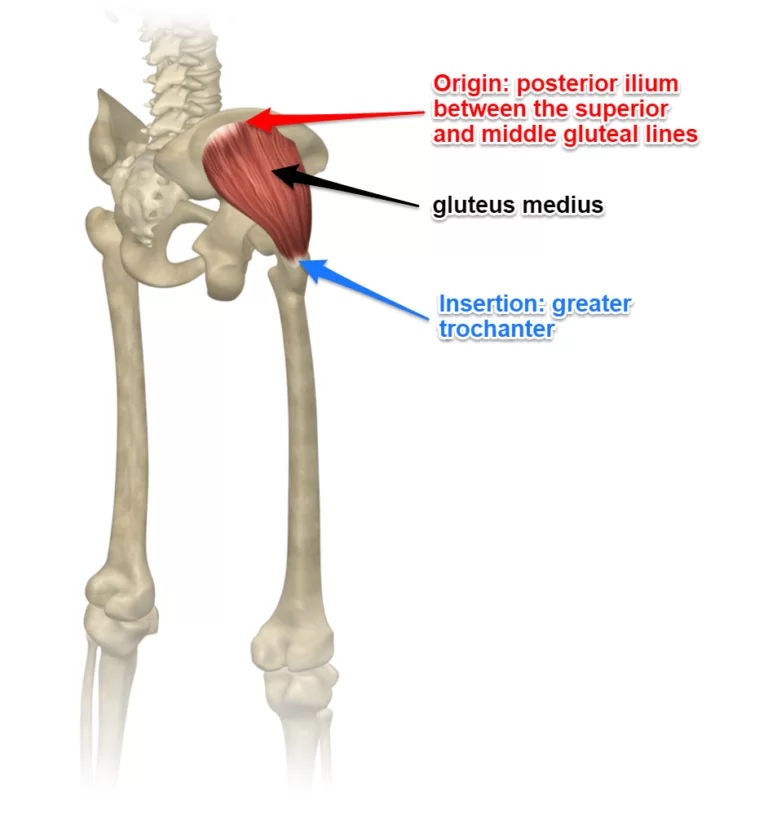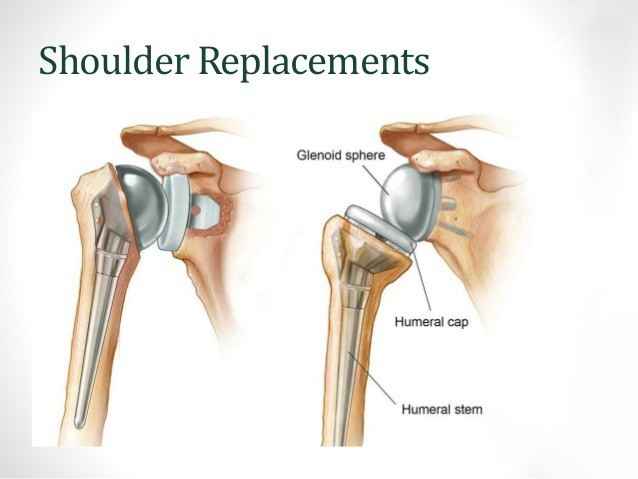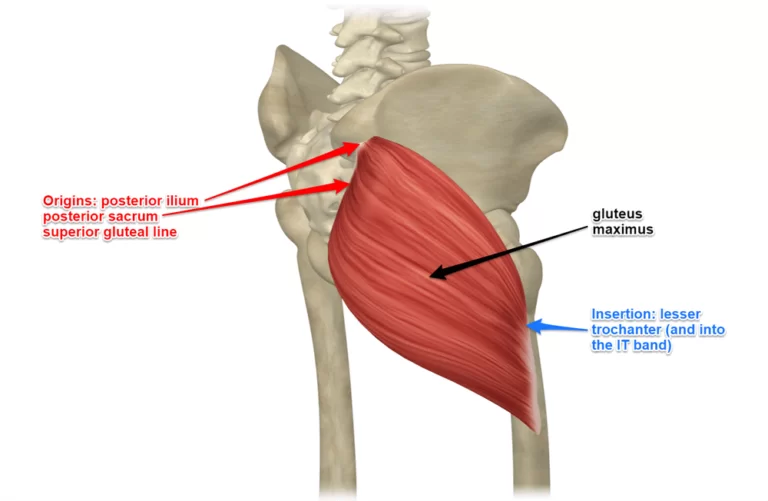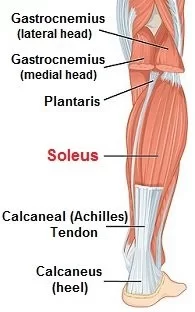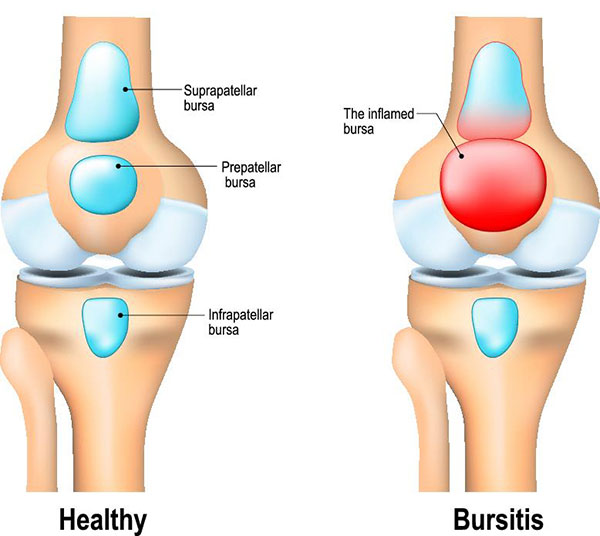Procerus Muscle
Introduction The procerus muscle is a small facial muscle located between the eyebrows and the bridge of the nose. It is responsible for causing the skin to wrinkle vertically, which results in the formation of horizontal lines on the forehead. The procerus muscle is a pyramidal-shaped muscle of facial expression part of the glabellar complex….

